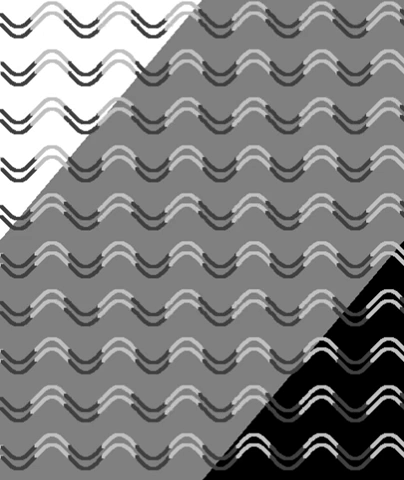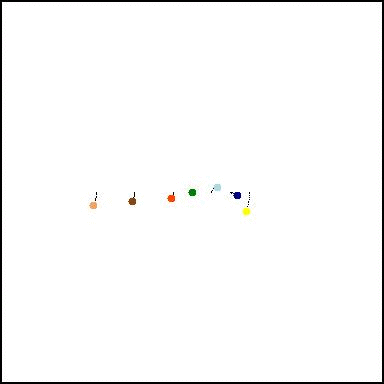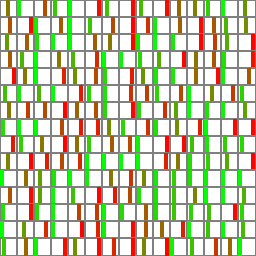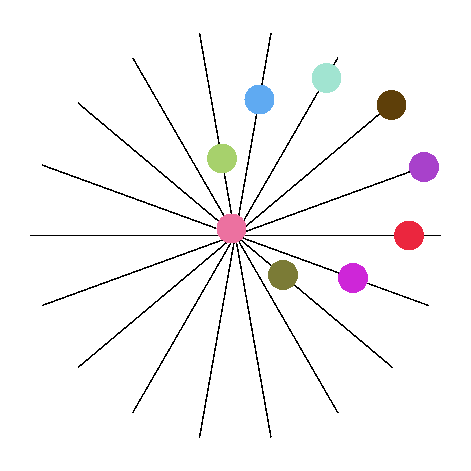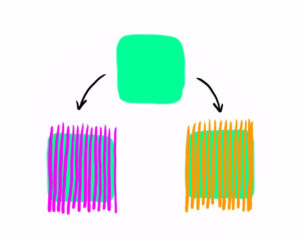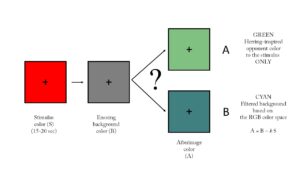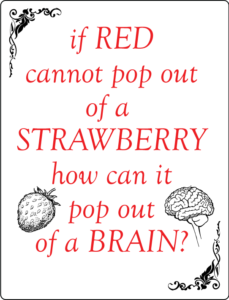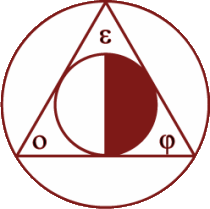More stuff
In December 2017, the world of perception was taken by storm by yet another illusion that promises to show the difference between reality and what we see – Takahashi’s illusion”. The visual effect is called the ‘curvature blindness’ illusion, Takahashi. However, I will argue that it is possible to offer an alternative explanation in which what one sees is just what is there.
Read here.
The traditional contrast between Copernicus and Ptolomeus was more than an astronomical issue. It showed that a conceptual change can lead to a deeper understanding of the nature of reality. Copernicus was not a modern mathematician and his model fell short of current criteria of science. Yet, his insight allowed future generations of scientists to discover the structure of gravitation. I enjoyed making a few animations to make the point manifest.
Read here.
This is a gif I made applying simple local dynamic constraints that minimize the differences. In practice all bars minimize the efforts of moving in a certain way. The same effect has been put to use in the famous case where several metronomes come into synchronization when weakly coupled together. Rather than as an example of order emerging from disorder it seems to me a case showing the power of conformism.
More here.
The “crazy circles” illusion is a popular cinematic visual illusion. However, it is not strictly an illusion.
To see why read here.
Akiyoshi Kitaoka has devised many amazing color illusions. However, they are not really illusions in the strict philosophical sense. Why?
Check here.
You can also read this article on the same topic: The color of consciousness.
Are neurons any better than ripe strawberries in being red? Check here.
Reality, knowledge, and experience in one diagram.
Check here.


